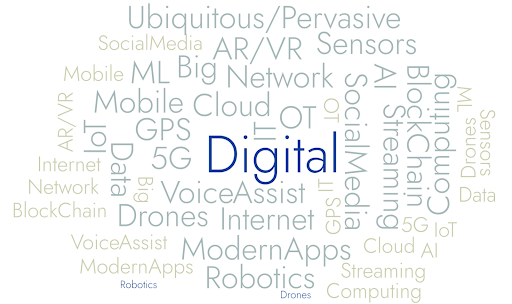WHAT WE DO
Advisory Services
Business and Technology AssessmentsProgram and Project ManagementIndependent Business System SelectionsOrganizational Change ManagementOperations ExcellenceFractional and Interim LeadershipDigital TransformationTPC MethodologiesCLIENT SUCCESS
INSIGHTS
ABOUT US


